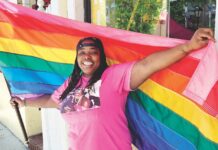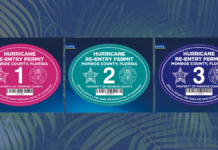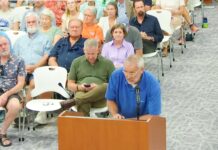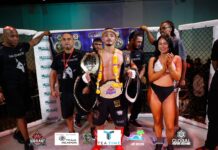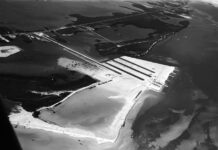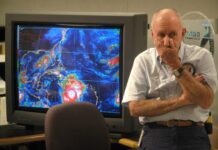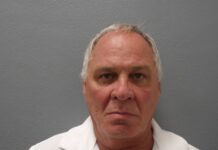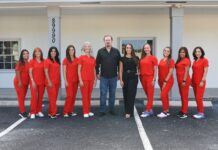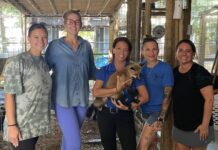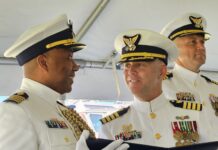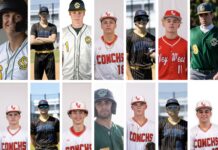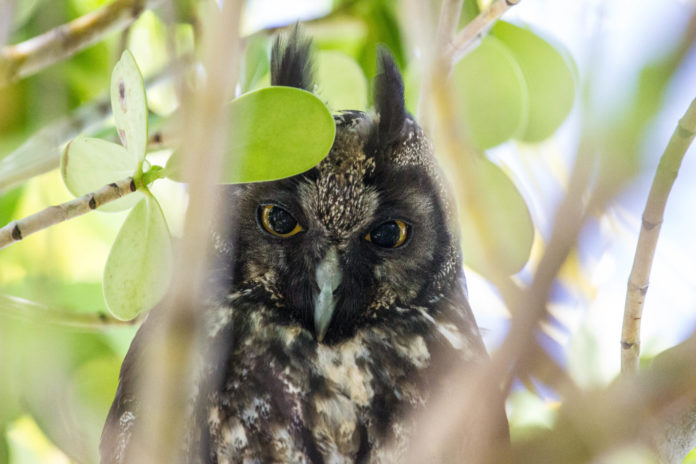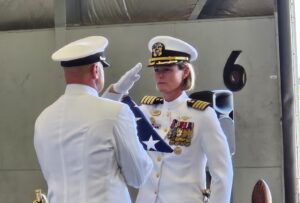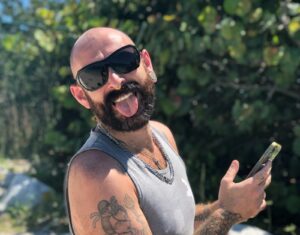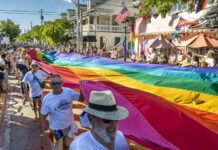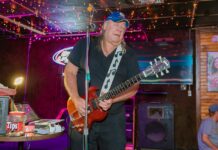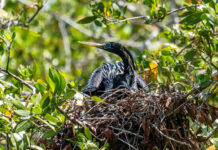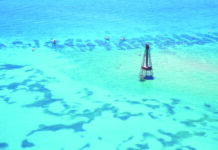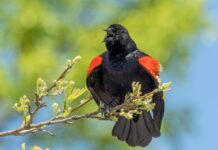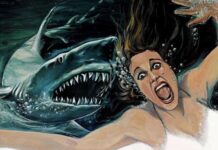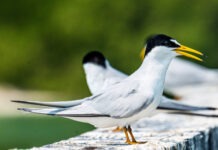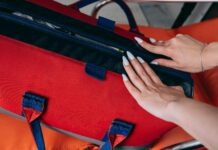It was mid June, hot as Hades and I was on the sidewalk outside of Harpoon Harry’s after lunch.
This was three years ago.
The heat was that all-encompassing, shirt-soaking, spirit-abusing heat that made you wonder how, exactly, you were going to make it through the next five months.
I looked at my phone and saw that Em had tagged me in a short video on Facebook.
“Mark Hedden, what the hell is this??? Sounds like a Tarzan movie!!!” She said it was some place over on Seminary Street.
If it was someone else I might have waited to look at it on a bigger screen in a room with suitably arctic air conditioning. But Em was Emalyn Mercer, considered by many of us to be something close to a real world saint, famous, at least among my Key West crowd, for her kindness and her cheese grits, for the gaggle of other people’s kids she loved to take care of on Saturday nights, for her honey-smooth drawl and her uproarious laugh, for her willingness to chain herself to the occasional tree that she didn’t think the city should chop down, and for the fact that every time this one well-known homeless man went off his meds and got arrested she would go out to the jail and put money in his canteen account to make sure he could buy cigarettes. She’d survived a bout of breast cancer and seemingly decided she wasn’t going to waste a minute of her life after that. She was one of those people who made you want to be a better person, and you didn’t even resent her for it, largely because she was also hilarious. If Em asked you a question about a bird, you wanted to answer it.
That day on the sidewalk there was too much glare to really see what was going on in the video, but I could hear a bird screaming that sounded kind of like a hawk, which got me curious.
We see a lot of wintering hawks in the Keys, but they’re usually long gone by June. But Cooper’s hawks, once known as chicken hawks due to their fondness for barnyard poultry, had been expanding their range down the Florida peninsula, and it seemed logical, given Key West’s overabundance of chickens, that they would take up breeding here eventually.
When I parked on Seminary Street I perhaps slammed the car door too loud, as two birds that were, in fact, Cooper’s hawks took off and disappeared into the middle of the block.
I sighed, and considered how long I was willing to stand there sweating to see if the hawks came back. Which is when I noticed the dark brown shape deep in the leaves of one of the trees.
I was pretty sure it was a bird.
I kept an old pair of binoculars in the car, but the car was such a mess I couldn’t find them, so I had to drive the six blocks home for my Swarovskis and my camera.
With my binoculars I could see it was an owl – tall, dark, and skinny, with long ear tufts on top of its head and unsettling bright yellow eyes. I took a couple pictures, thinking briefly it might be a long-eared owl, which I’d only seen once before, and which would be very rare in these parts. But the long-eared owl had orange patches in its face, and the bird I was looking at was a more uniform chocolate brown. I flipped through my Sibley app and realized it didn’t match any of the other North American owls, either.
I called some other local birders I knew, then ran home again for my Cuban and Caribbean field guides, and for my scope and my tripod.
Mark Whiteside and Ellen Westbrook arrived and we puzzled it out to be a Stygian owl, a species hard to find even in its native South American and Caribbean habitat. But a bird that rare makes you nervous to report it, just in case you’re having some cognitive misfire and misidentifying something much more common or obvious, so I sent pictures out to people more familiar with the species. And yes, it was a Stygian.
The species had only been seen in North America twice before during a pair of brief single-day sightings in Texas in the 1990s.
I posted pictures of the bird on Facebook, knowing what I was triggering. For anyone hoping to add Stygian owl to their life list, this was probably a once-in-a-lifetime chance. Birders would be buying last-minute plane tickets, birders would be jumping into cars and driving overnight. There would be a small crowd at sunrise the next morning.
But for anyone who didn’t live here, such efforts were for naught. The bird was gone by nightfall.
In the time before it left, though, we set up a spotting scope and had the chance to show the bird to about 20 people, including the mailman, a passing landscape architect, my wife, the people who lived in the house whose yard the tree was in, several local birders, and one neighbor who was convinced we didn’t know what we were talking about – he saw Stygian owls all the time.
At one point Emalyn stopped by, parking her convertible VW by the curb. I told her it wasn’t the bird in the video she posted, but it was what the bird in her video was screaming about. (Owls are notorious nest predators and nobody likes them in their breeding territory.)
She spent some time looking through the scope, and she was laughing as she got back into her car, seemingly pleased to have triggered the finding of such a rare bird, or, more likely, to have triggered the finding of a little more happiness in the world.
I got one of those Facebook “3 Years Ago Today” reminders of all this last week, even though I didn’t need it. That afternoon comes back to me every time I walk or ride my bike through that neighborhood, even though there are new people living in that house, and the place has been totally renovated, and the tree the owl was in has disappeared. And even though Emalyn is gone now too, the cancer coming back and taking her faster than anyone thought imaginable, leaving a pretty gaping hole in the lives of a lot of people. Because if you keep moving and you don’t think about it too hard, that afternoon is still happening.
